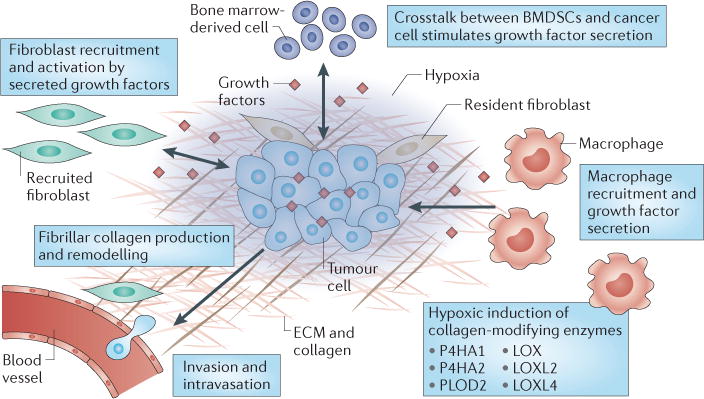Figure 3. Hypoxia recruits and reprogrammes cells to produce fibrillar collagen.

Hypoxia-induced and hypoxia-inducible factor (HIF)-regulated growth factor secretion by tumour cells promotes the recruitment of macrophages and fibroblasts to hypoxic regions of the primary tumour. Macrophages produce growth factors such as transforming growth factor β1 (TGFβ1) and platelet-derived growth factor (PDGF) that activate recruited and resident fibroblasts to stimulate collagen deposition. Hypoxic cancer cells also signal to mesenchymal stem cells, which might participate in collagen deposition. HIFs regulate the production of collagen-modifying enzymes, including prolyl 4-hydroxylase α-subunit isoform 1 (P4HA1), P4HA2, procollagen-lysine 2-oxyglutarate 5-dioxygenase 2 (PLOD2), lysyl oxidase (LOX), LOX-like protein 2 (LOXL2) and LOXL4 to facilitate the proper maturation of collagen fibres. Together, these signalling pathways promote the production of a fibrillar collagen network (that is produced by multiple cell types), which increases the ability of cancer cells to invade blood vessels. BMDSCs, bone marrow-derived stem cells; ECM, extracellular matrix.
